The rising sun emerged from behind the clouds and bathed the Patalkot Valley in a golden haze. We looked down at the valley below where we had been to meet the Bharia Tribe the preceding day.
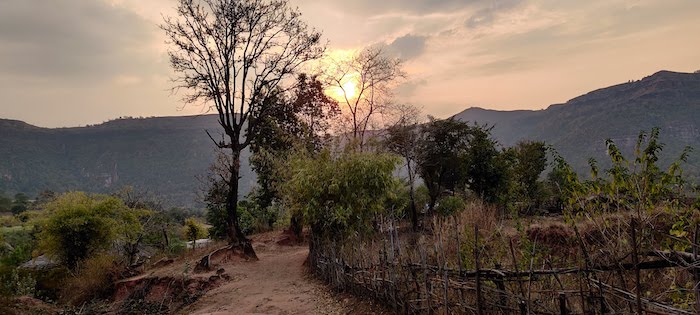
The valley, true to its name had a mystical aura, and no less fascinating were the people who lived in the villages of the valley, the Bharia tribe of Madhya Pradesh.
Who are the Bharias? Where did they come from and when did they settle in Patalkot?
There are many legends associated with the Bhariya community in the Patalkot region.
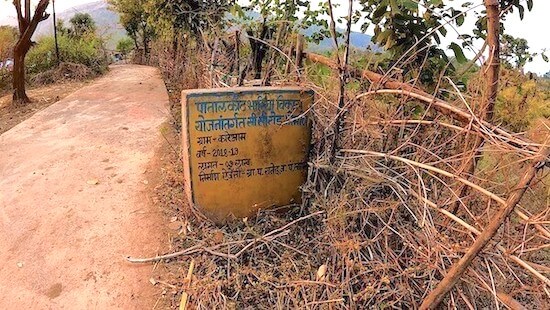
Join us as we take you deep down into the Patalkot valley to meet the Bharia people in a village called Kareaam or Kareyam village, and learn about their lifestyle, culture, history, and myths, as well as how development has touched their lives. Kareaam village is in Patalkot valley in Tamia Tehsil, Chhindwara district in Madhya Pradesh, India
Table of Contents
Bharia Tribe of Madhya Pradesh – Who Are The Bharias?
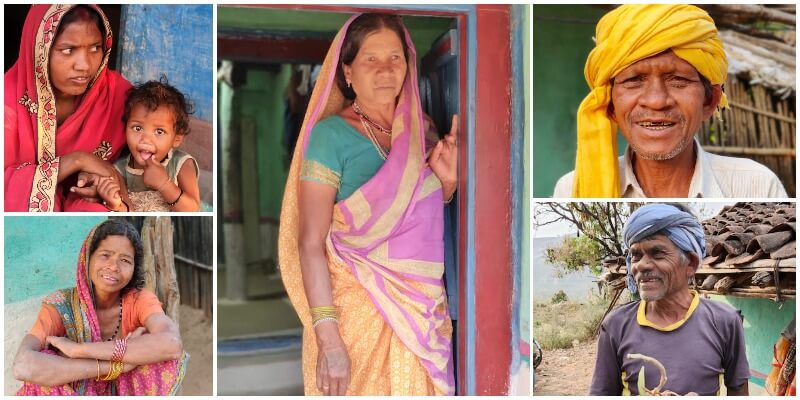
Historically it is generally agreed that the Bharias came into the Patalkot Valley some 600 years ago. They are believed to be of Dravidian descent, who moved northwards. It is interesting to note that the Bharia people who live in Patalkot Valley call themselves Bharias, while those who live outside the valley call themselves Bharia Bhumia.
The Bharias are believed to have descended into the Patalkot Valley in search of their own utopia and found an area with its own unique ecosystem. It was virgin territory, untouched by Man, filled with waterfalls and dense jungles. The Bharias settled in this land, sheltered by the massive natural fortress of the Satpura mountains, cut off from civilization.
They started cultivation on the land which was rich in natural resources, and slowly established around 24 villages in the Patalkot valley. Shri Vasant Nirguneji explained that out of these 24 villages today, 11 are populated while 13 villages are deserted. During the rainy season, the Bharias who practice shifting cultivation move to the deserted villages to work in their fields. The main Bharia villages in the Patalkot valley are the 3 villages – Kareyam, Chimtipur and Rathed (Rated).
Legends Of The Bharia Tribe And Patalkot
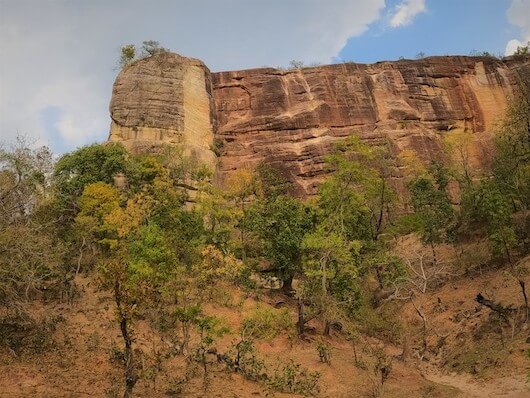
The valley of Patalkot lies in the depths of the Satpura range of mountains, which surround it on 3 sides forming a natural fort. The mountains here are in the form of near-vertical ridges that have the appearance of man-made walls. The rocks that make up the hills that surround the Patalkot Valley are estimated to be over 2500 million years old, and the river Dodhi flows through the Patalkot valley. Patalkot has a very unusual topography and even more interesting stories related to its origin.
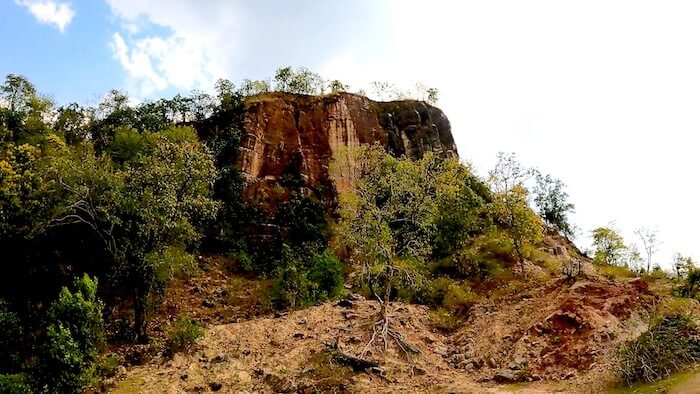
Many stories from mythology linked to the origin of Patalkot as well as the Bhariya people were narrated to us by Shri Vasant Nirguneji, the Experience Architect on our Times Passion Tribal Trail.
Bharia Tribe – Legend of Bhasmasura and Creation of Patalkot
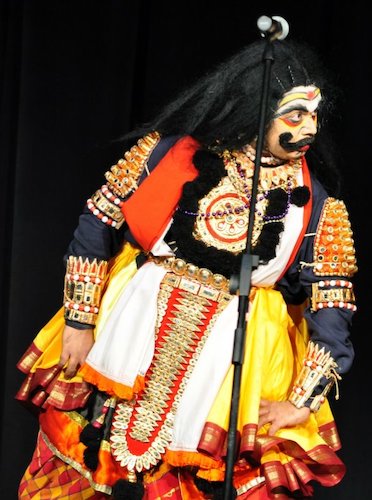
The origin of Patalkot is related to the legend of Bhasmasura. Vrikasura was a very staunch devotee of Lord Shiva and did rigorous penance to please him. Lord Shiva pleased by the devotion of Vrikasura appeared before him and asked him what he wanted. The demon that Vrikasura was, asked that whoever he touched henceforth with his hands should be turned to ash. Lord Shiva granted him the boon. Thus Vrikasura becamee Bhasmasura.
The evil Bhasmasura wanted to test the power of the boon that Lord Shiva had granted him, and stretched out his hand to touch the head of his benefactor, Lord Shiva, himself!
Lord Shiva ran to escape the effect of his boon with Bhasmasura in hot pursuit. Local Bhariya legend has it that the spot where Lord Shiva jumped on earth, caved in and the valley of Patalkot was created, it is further also believed that Lord Shiva ran further and again jumped near Pachmarhi, where a similar valley was created.
Bharia Tribe Origin And The Legend of Arjuna
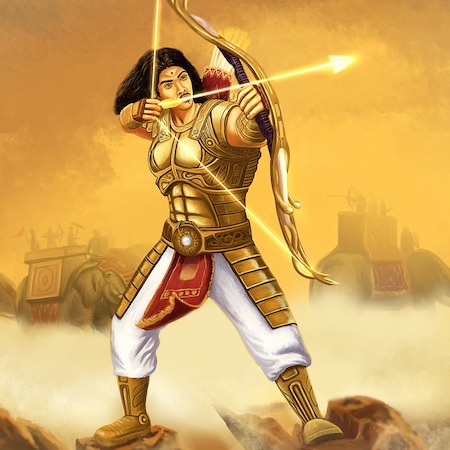
Among the many stories of their origin that the Bhariyas narrate is the one related to Arjuna of Mahabharata fame. According to legend, during the Kurukshetra war, the Pandavas felt the need for more warriors to fight against the Kauravas.
Arjuna, then took hold of a type of grass called, “Bharru Grass,” and when he pressed it, lo and behold, out of the grass sprung warriors who fought by the side of the Pandavas. Bharia folklore suggests that the warriors who sprung from the “Bharru grass,” were the ancestors of the Bharia tribe.
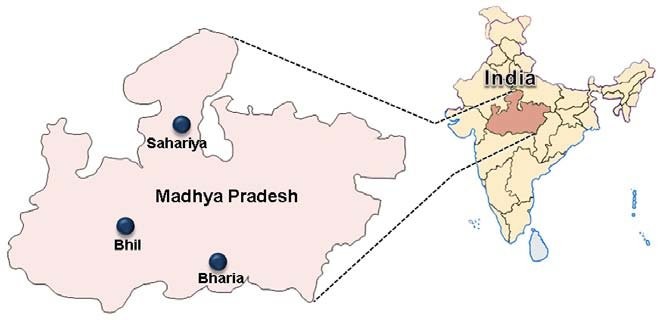
Visiting Kareyam Village Of The Bharia Tribe
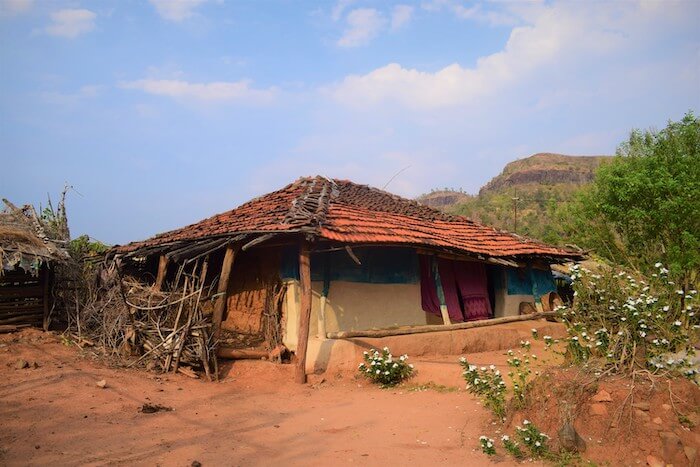
It was late afternoon when we descended into the depths of the Patalkot Valley to visit the village of Kareyam or Kareaam village. We descended about 2500 feet into a natural depression, where the villages of the Bharia tribe are located. There is a road that leads right up to the Kareyam village, which is an obvious sign that the winds of change are blowing over the valley.
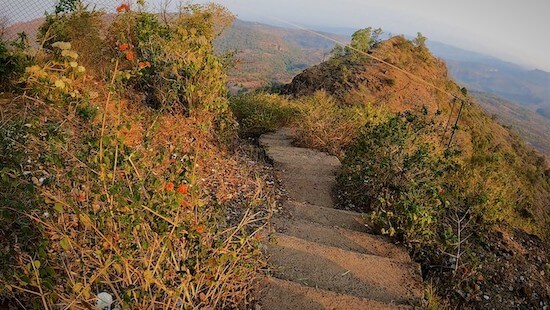
Not long back there was no motorable road, and the villages in the Patalkot Valley had to be accessed by foot. The nimble-footed villagers used to use an almost vertical path to reach the top. Now there are steps made by the authorities that reach halfway to the Patalkot valley. In the not so distant past, the Patalkot valley was totally cut off from the world and lived in a world of its own.
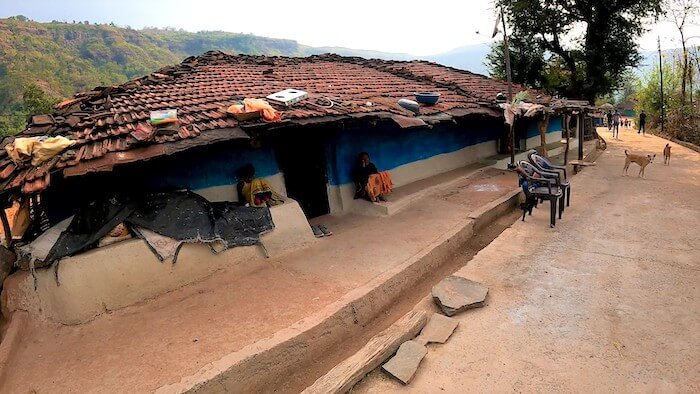
As we walked into the small village of Kareaam, other signs of development met our eyes, cables stretching above houses, dish antennas, plastic chairs and other plastic items, that had made their way into the village.
When we stepped into one of the houses, the presence of a gas stove, heralded the fact that the Bharias were now, on the path towards integration with the mainstream, at least in terms of some of the basic necessities.
However, they still needed to walk a considerable distance to fetch water from a stream, as there is no other source of water supply.
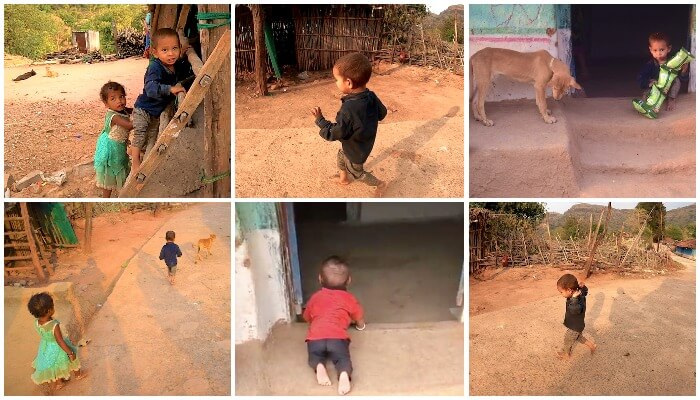
The scene that met our eyes was a typical Indian village scene, with kids prancing around, women giving curious glances, roosters crowing at untimely hours, and goats bleating in consternation.
Bharia Tribe House
The Bharia tribal community lives in the Patalkot region. It is an isolated valley. Their houses are traditional huts made up of stones, wood, bamboo and natural clay tiles.
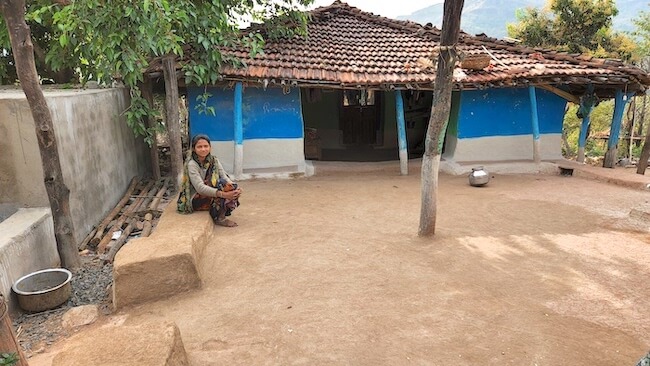
The House of Munilal
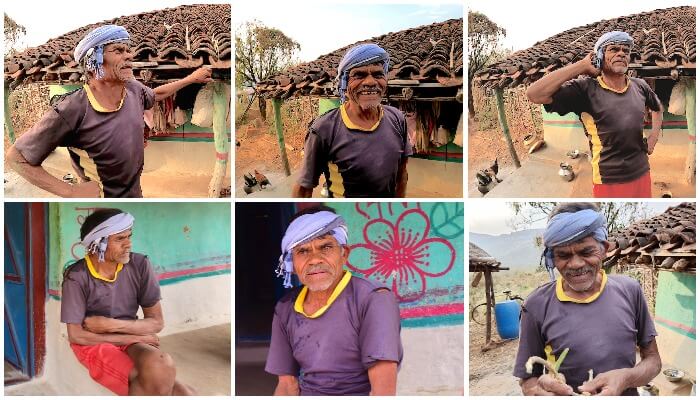
We walked into the house of Munilal, to understand first-hand a little more about the culture of Bharia tribe and how they have been impacted by development. It is a simple hut with a kitchen, a verandah, and a room. It is covered with a tiled roof.
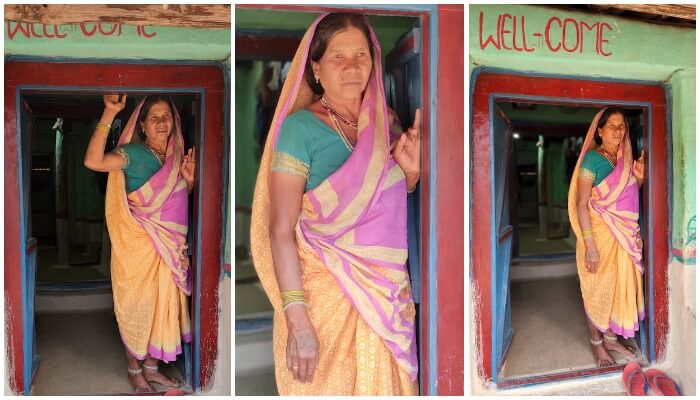
The vibrantly painted door of the simple house has, “Wel-Come,” written above it. Inside the kitchen, we spot an earthen stove and also a steel cooking gas stove connected to a gas cylinder.
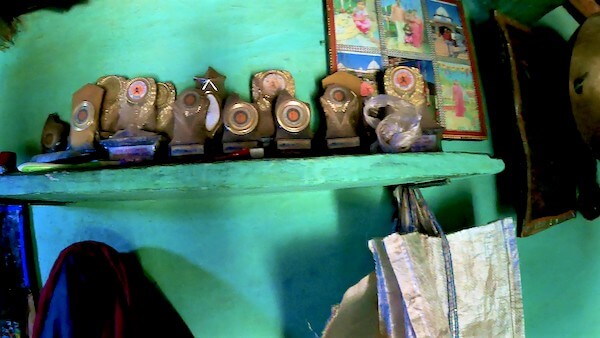
On a pedestal are lined multiple medals that have been won by the children of the house in their studies. They study in Indore. Munilal’s family consist of six members including his wife and children. His wife fetches water from the stream located some distance away.
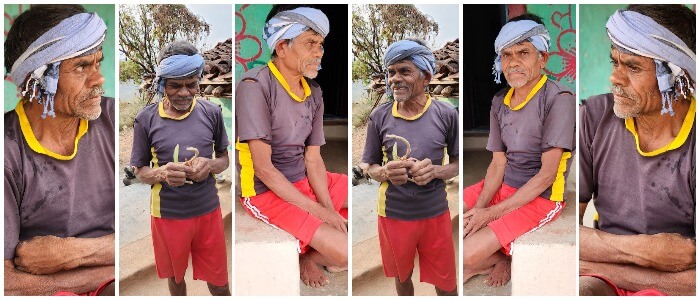
We chat with Munilal about a host of topics ranging from his children to marriage ceremonies amongst the Bharias, and his knowledge of medicinal herbs.
Bharia Tribe – Experts In Ayurvedic Medicinal Herbs
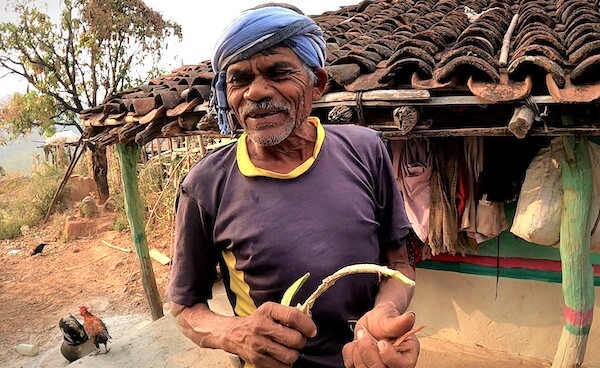
We notice a wound on Munilal’s leg and enquire about it. He smiles and pulls a leaf and what looks like a dried branch of a plant. “This is Amarbel and Hatha Jodi,” he says and goes on to tell how he has treated the wound with these medicinal herbs. Amarbel is a medicinal plant that is used for quickly healing wounds and also reduces swelling and inflammation. Hatha Jodi is a plant known as Tiger’s Claw which has multiple applications in Ayurvedic medicine.
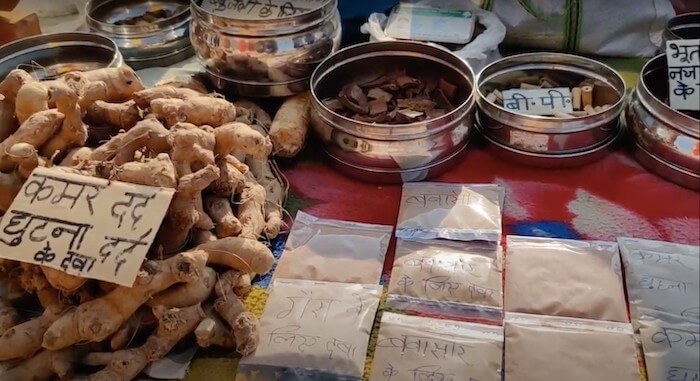
If the Baigas are known as the priests in the tribal culture of Madhya Pradesh, the Bharias are the medicine men who possess vast knowledge of the medicinal herbs that grow in the Patalkot valley.
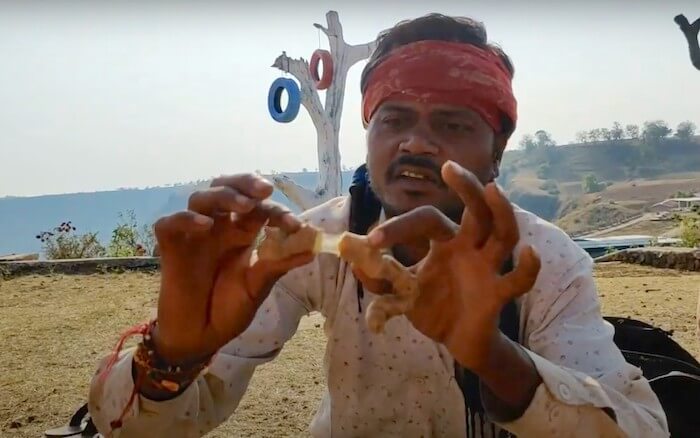
We had occasion the next day to meet a few of the tribesmen of Bharia who came to the Youreka Camp Tamia, where we were staying, with a wide array of medicinal herbs. They seemed to have a cure for almost everything under the sun.
Lifestyle And Culture of The Bharia Tribe
The Bharia tribal community like many of the other tribes of Madhya Pradesh as well as other tribes in India have traditionally had a very strong connection with nature. This is true of the Galos of Arunachal Pradesh, the tribes of Jharkhand, or the tribal folk of Karnataka. This bond with the nature of the Bhariya Tribe, Patalkot, is reflected in its traditions, lifestyle, and culture, though development and contact with other communities are slowly eroding this.
Festivals and Fairs of the Bharia Tribe
The Bharia tribe due to their strong connection with nature are naturally and traditionally nature worshippers. Their deities are Baradeo, Nagbaba, Buradeo, etc. The influence of Hinduism on the Bharias is perceptible in that they celebrate festivals like Diwali, Holi, Raksha Bandhan, etc.
One of the important and unique festivals celebrated by the Bharias of Patalkot is the festival of Pola. Makhanlal, a school teacher, told us that Gedi (Stilts) are worshipped during the festival of Pola and a special sweet called Thetra is prepared.
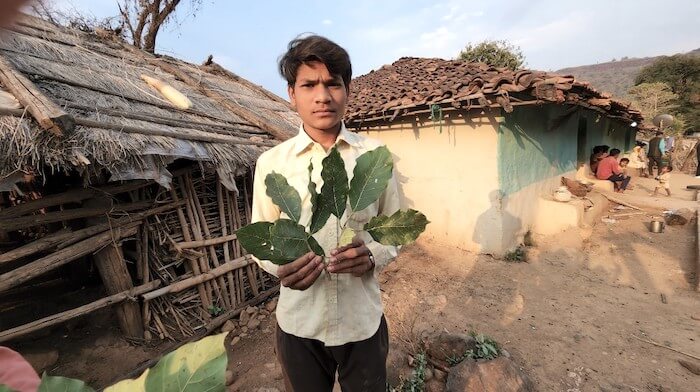
Thetra is prepared from a mixture of flour and Mahua and is kneaded into small balls. This sweet is then worshipped as an offering of God. The Pola festival is celebrated during the monsoons in August or September.
Bharia Tribe Marriage Customs
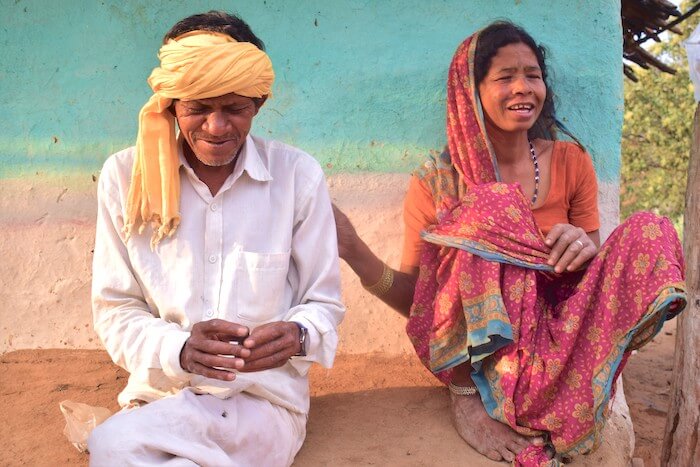
Munilal informed us that weddings among the Bharias were 2-day affairs, and they did not have any practice of giving dowry either by the bride or the groom. Mahua, an alcoholic drink made from the flowers of the Mahua tree is offered during weddings.

Within the Bharia tribe itself, there are sub-castes and weddings take place accordingly. In earlier times when Patalkot was inaccessible, weddings happened within the villages in the Patalkot Valley, however, with development, this is not so now.
The Bharia tribe follow a Gotra system, and marriage between a boy and a girl of the same Gotra is not allowed.
Death Ceremonies Of The Bharia Tribe
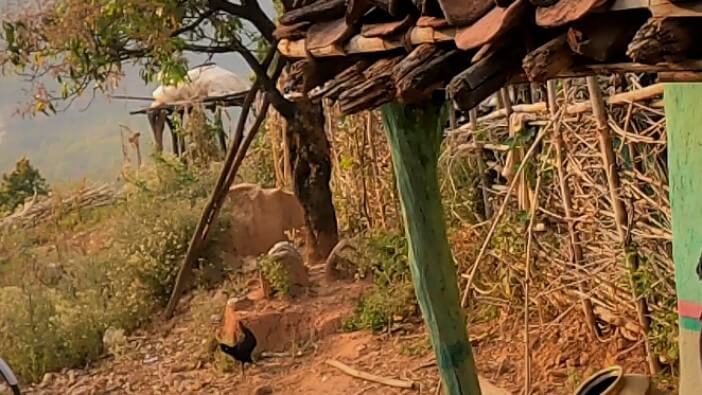
When we visited the house of Munilal, our interest was piqued by a stone beneath a tree in his backyard. On enquiring about it we learnt about the ceremonies associated with the dead people of the Bharia tribes.
We were told that, when there is a death in the Bharia tribe, religious ceremonies are conducted on the 11th day of the death, the ceremony is known as Badi Roti. An idol that represents the dead person, is made out of stone and worshipped. The stone is then installed in the home and considered the house deity, and worshipped regularly.
Occupation of Bharia Tribe
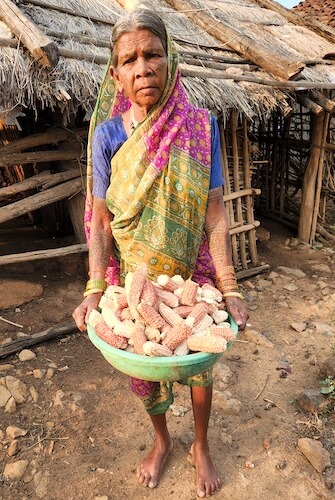
The Bharias are an agrarian community and a majority of them are farmers who depend on the land for their livelihood.
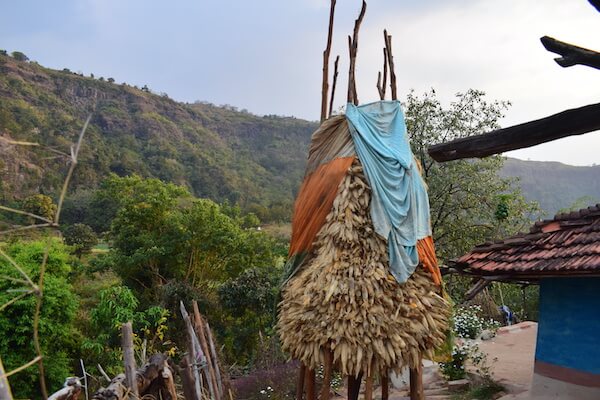
Some of them also work as labourers. The Bharias also collect produce from the forest including medicinal herbs and sell them for their livelihood. However, now they are venturing into other areas too.
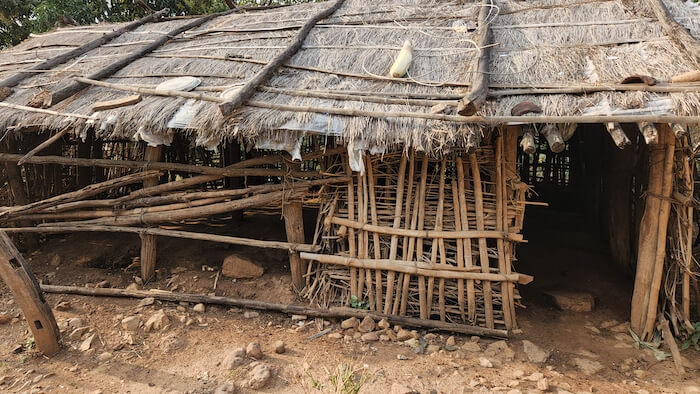
The presence of cows, goats, and chicks in Kareyam village also indicated that the Bharia people were into cattle rearing and poultry.
Dance and music of Bharia Tribe
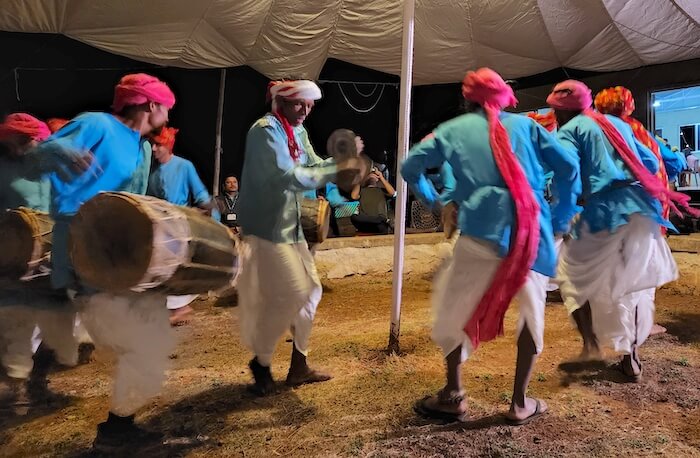
Music and dance are an integral part of the culture of the Bharias. Festivals, weddings, and other events are brought alive with their traditional dance and music. The main dance forms of the Bharias are called Setaam, Sela, Bhadam, Dhandhara, and Ahirai, among others.
“The Bharias express their feelings of joy and sadness through the medium of song and dance,” said Shri Vasant Nirguneji. He went on to talk about how the silence of the Patalkot valley would be shattered by the rhythmic beats of more than 40 drums during weddings in the Bharia villages.
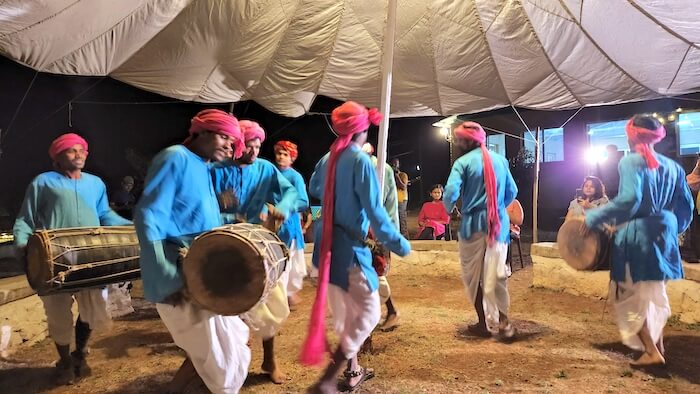
The Bharia tribesmen from the village of Kareyam in Patalkot enthraled us with a dance called Bhadam (भड़म नृत्य). This dance which is also known as Gunnu Sahi is performed during weddings. Men from the bride as well as the bridegroom’s families participate in the dance.
The dance accompanied by the beats of more than 40 to 50 drums continues through the night till the early hours of the morning. This is a dance that is performed only by the Bharia men.
Setam is a dance in which only the women participate. Only one drum is used in this dance and the women dance in a circle while singing. Each participant in the dance sings turn by turn, followed by the dance steps by the entire group who complete one circle, before the next participant sings, and so on.
Food Habits Of Bharia Tribe
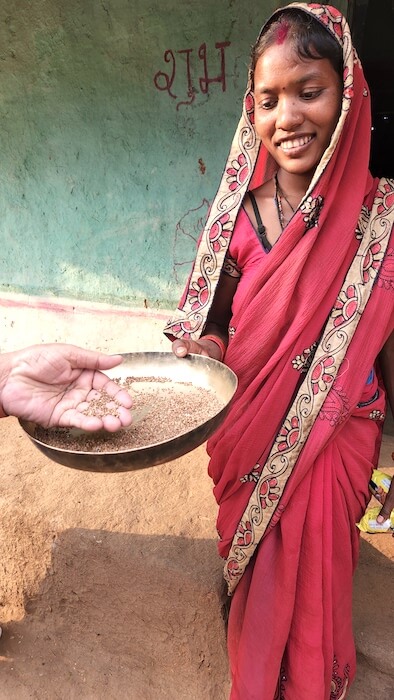
The Bharias by tradition are non-vegetarians. Corn, Millets like Kodo and Kutki, form their staple diet. They also consume fruits and vegetables in abundance.
Bharia Tribe Clothing | Bharia Tribe Dress
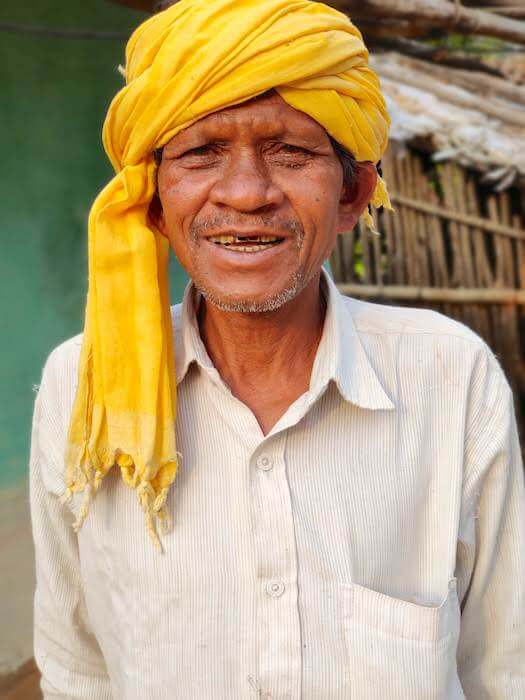
Traditionally the Bharia men wear dhoti with an upper garment and a rolled cloth as headgear called Paghadi.
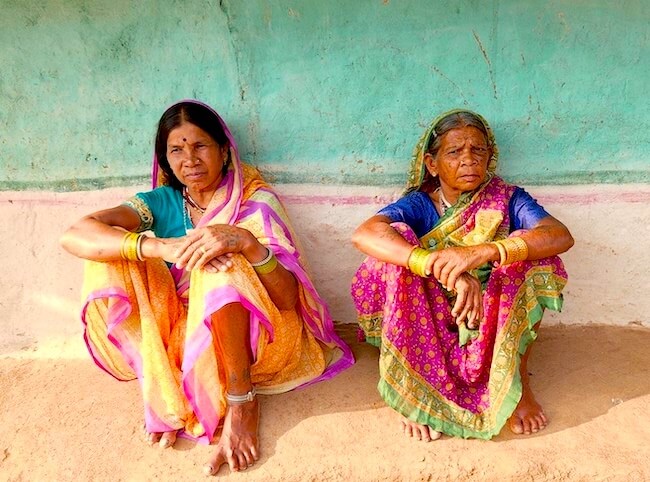
The women dress in colourful cotton sarees and adorn themselves with different accessories and ornaments including bangles, anklets, and necklaces.
Bharia Tribe Language | Bhariati Dialect
The origins of the Bharia language lie in the realm of Dravidian languages. However, the influence of other languages has ensured that the original dialect is lost and hence the language is not classified as a Dravidian language.
Today, the language used by the Bharias is known as Bhariati and there is a lot of similarity with Hindi. The younger generations, however, do not generally speak Bhariati, and the language is endangered and efforts are underway to preserve it.
Bharia Tribe – Facing The Winds of Change
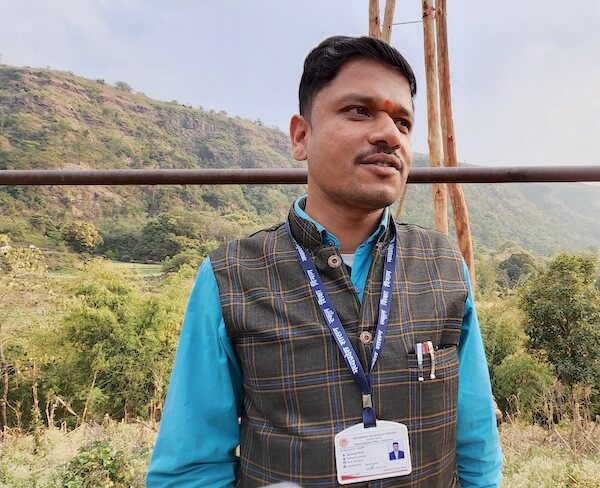
We met a young man named Makhanlal Bharati, who in many ways epitomises the transformation the Bharia tribe is undergoing as the winds of change sweep across the Patalkot Valley. Makhanlal belongs to the Bharia tribe in Patalkot and hails from the village of Gudichhatri. He is a teacher in the Government High School in Sidholi of Tamia Tehsil, Chhindwara District of Madhya Pradesh.
He says children of the Bhariya community including girls from the villages of Kareaam, Rathed, Chimtipur and others go to school at Sidhol. They can study till the 10th standard there, and afterwards, they can attend Higher Secondary School in Jetpur or Chhindi.
Some of the students get selected for Navodaya Schools or the Eklavya Residential schools in Indore or Jabalpur and after that, there is literally no looking back. Makhanlal Bharati also works towards the preservation of the heritage and culture of the Bharias. He is one of the few among the younger generation who is able to speak the language of the Bhariyas, the Bhariati dialect, which he has learned from his grandmother.
Makhanlal has memories of listening to stories from Bharia folklore huddled in front of a bonfire from the elders of the community. However, the advent of television and the integration of the community into the mainstream has ensured that this is a thing of the past now.
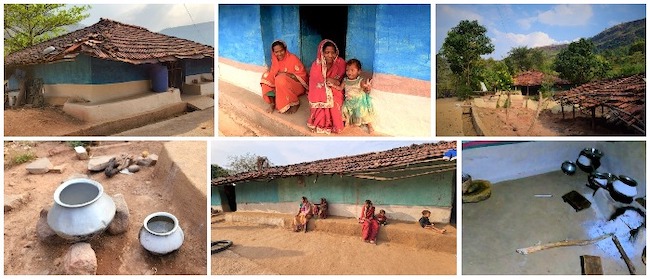
Today, Patalkot is on the verge of being developed as a centre for tribal tourism in India. This is bound to usher in more development for the Bharia tribe. This is for the good of the Bharia community, however, efforts should be made to ensure that the rich culture and heritage of the Bharias are kept alive and throbbing, and not be relegated to the confines of a museum.
The setting sun bathes the spartan village of Kareyam in a surreal glow. We bid adieu to the village nestling deep in the Patalkot valley. We carry back with us numerous thoughts about the Baria tribe and their future.
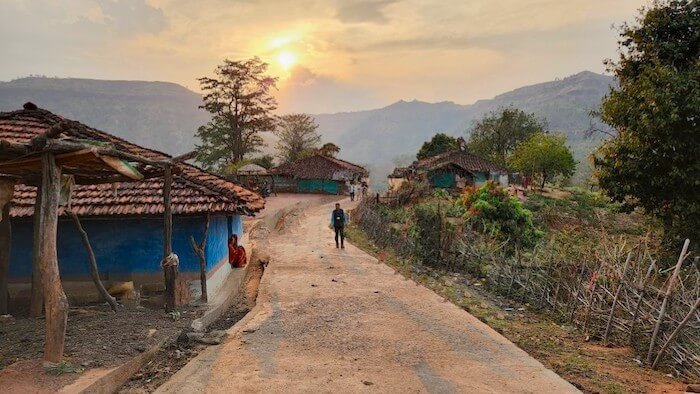
Bharia Tribe Images | Images of Kareaam Village in Patalkot

Here are a few images that capture the natural beauty of Patalkot in Madhya Pradesh and the vignettes from the life of the Bharia Tribe.
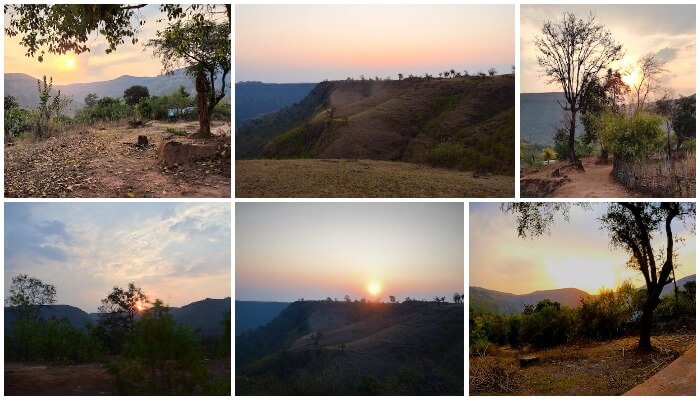
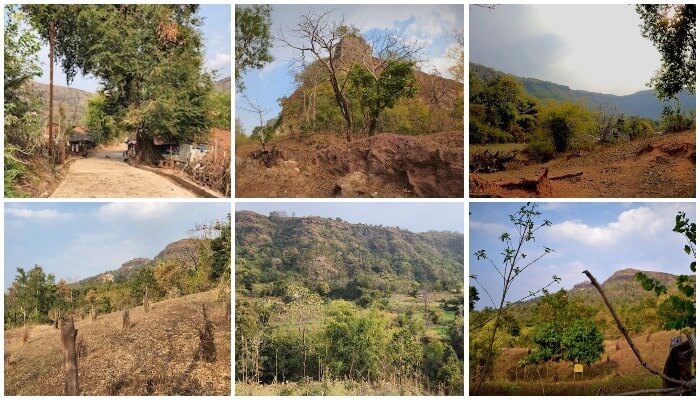
We hope you liked the photos captured at Patalkot Valley.
FAQ About The Bharias – Tribe of Madhya Pradesh
Where are the Bharias found?
The Bharias are a Scheduled Tribe of Madhya Pradesh and are found in the districts of Chhindwara, Seoni, and Narsingpur. Along with the Baiga and Gond tribes, they are part of the important ethnic tribes in India. There is a big concentration of Bharia in the Patalkot area of the Chhindwara district.
What is the Language spoken by Bharia Tribe?
The language of the Bharias is known as Bhairati and has Dravidian roots.
Which God do Bharias worship?
Traditionally the Bharias are nature worshippers and worship deities like Bara Deo, Nagbaba, etc., but with the influence of Hinduism, they also believe in Hindu Gods and celebrate Hindu festivals like Holi and Diwali.
Our visit to Patalkot Valley in Tamia Tehsil, Chhindwara District, Madhya Pradesh was part of a tribal trail curated and organized by Times Passion Trails ( Times of India ) and Madhya Pradesh Tourism under the #DekhoApnaDesh and #AzadiKaAmritMahotsav initiative. The views and opinions expressed in this blog post are our own. #timespassiontrails #tribaltrail #TimesofIndia #MPTourism #HeartOfIndia #MadhyaPradesh
Below are some useful resources to help you book flights, hotels, and tours! And also clothes, luggage and accessories for your trip!
Flights – TripAdvisor or CheapAir or Cleartrip or Makemytrip or Priceline
Tours – Click here to book top tours around the world
Hotels – Click to book the best hotels/resorts
Choose best stay options with TripAdvisor or Cleartrip or ixigo or Makemytrip or goibibo or Hotelscombined or Priceline
Apparels – Click to buy Menswear or Womenswear or Kidswear
Accessories/Luggage – Click to buy Accessories and Luggage items
Beauty Products – Click to buy Personal Care and Beauty Products
Do You Love Traveling?
Do you want to know how to travel the world? We have put together a very useful travel resources page with the best travel tips. Go check it out now.
Thanks for visiting our site Voyager – imvoyager.com and taking the time to read this post!
If you wish to collaborate/work with us then reach us at [email protected]
We’d love it if you’d comment by sharing your thoughts on this post and share this post on social media and with your friends.
Follow our journey on our social media channels:
Facebook Twitter Instagram Pinterest YouTube
60+ Million Users Trust TripAdvisor With Their Travel Plans. Shouldn’t You?
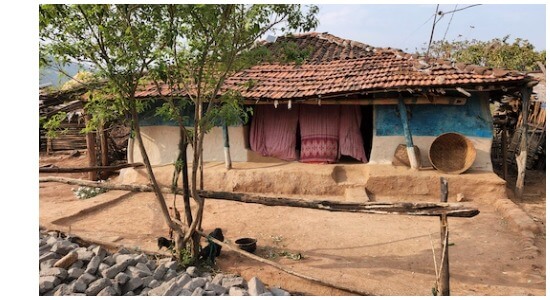
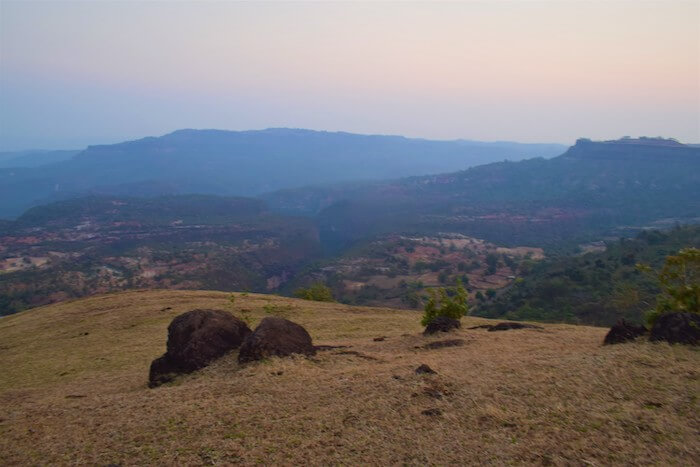
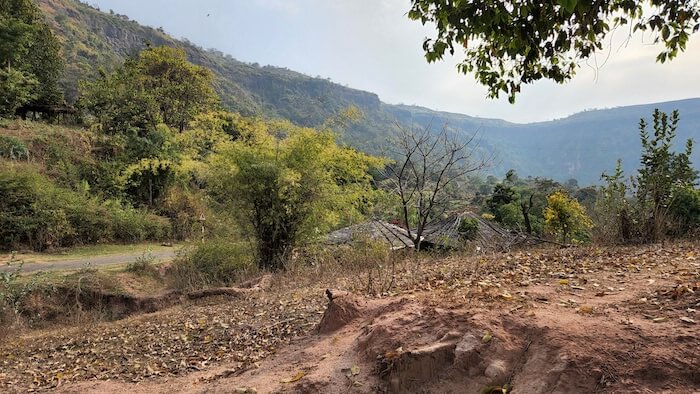
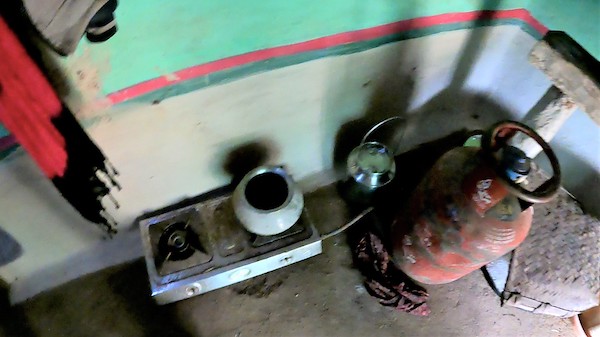
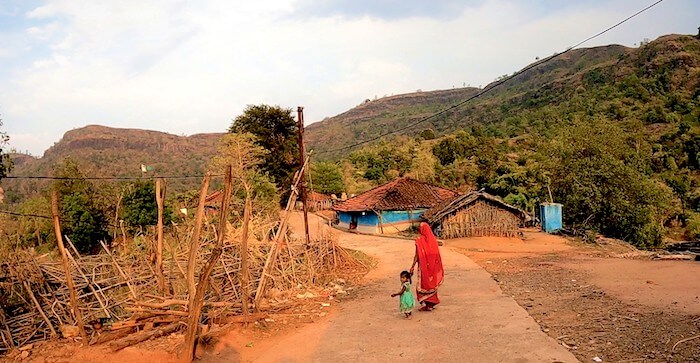
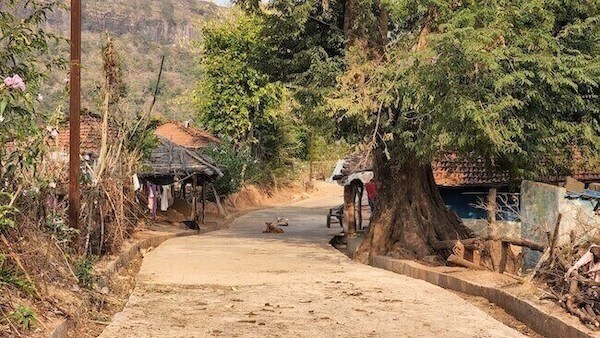
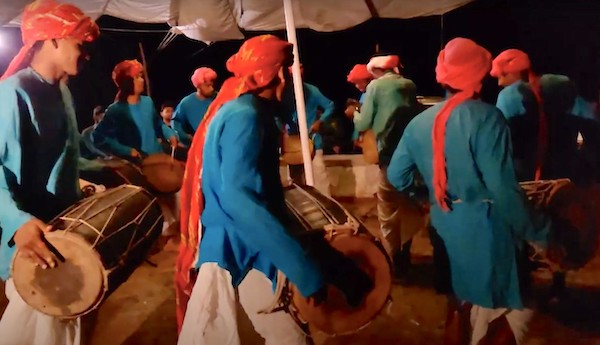
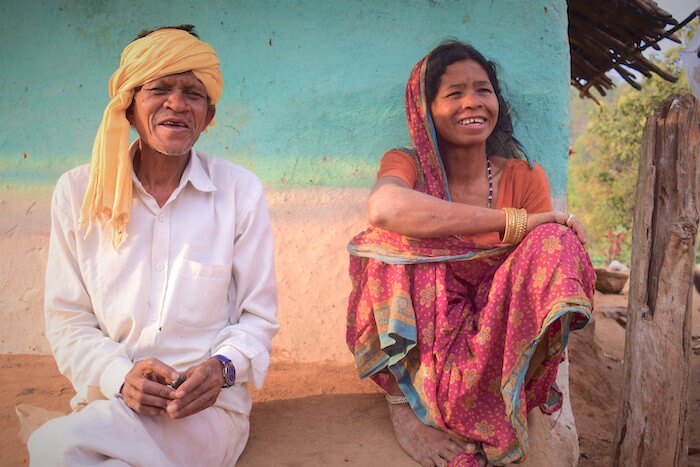
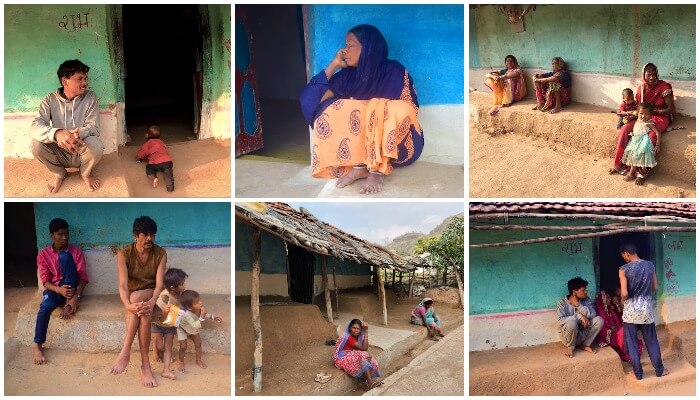
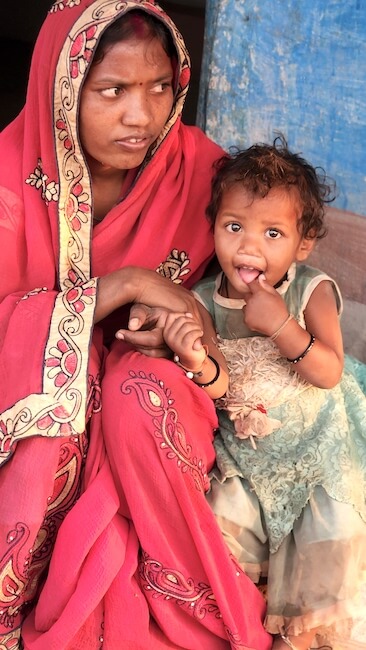
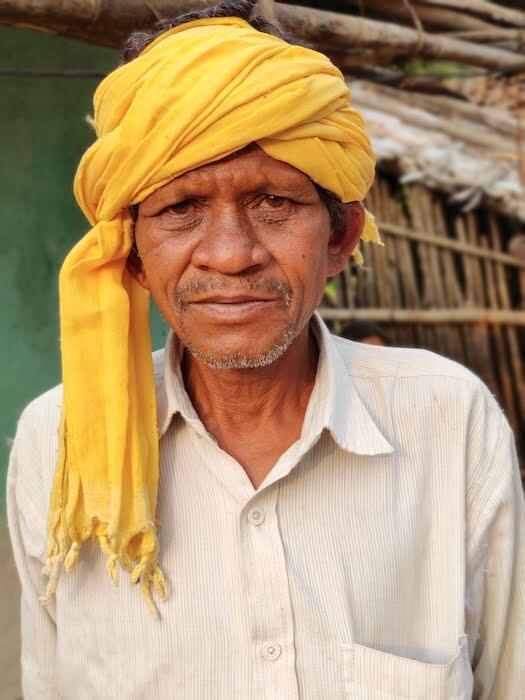
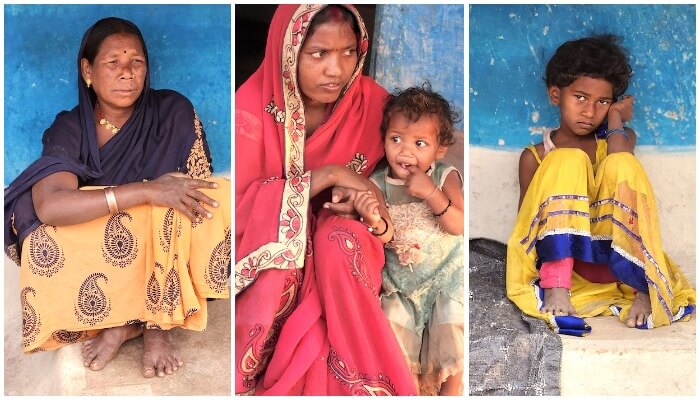

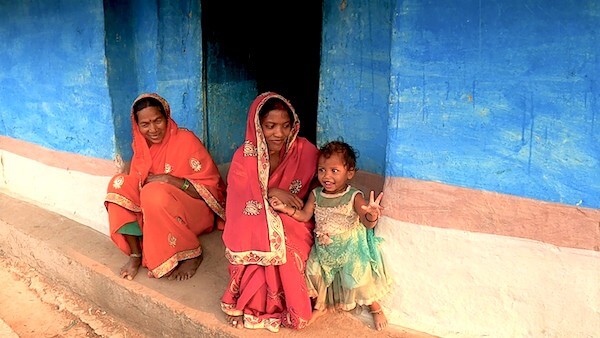
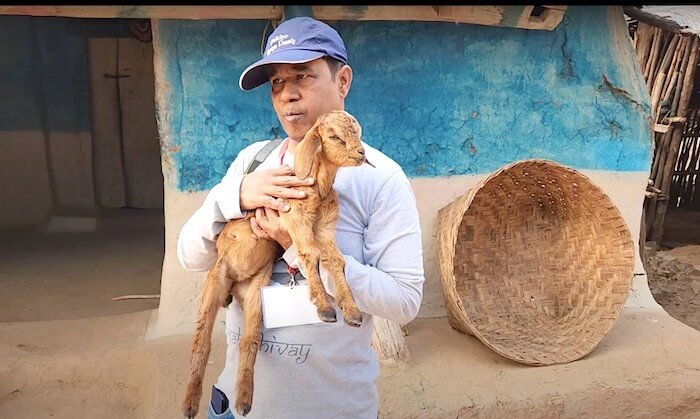



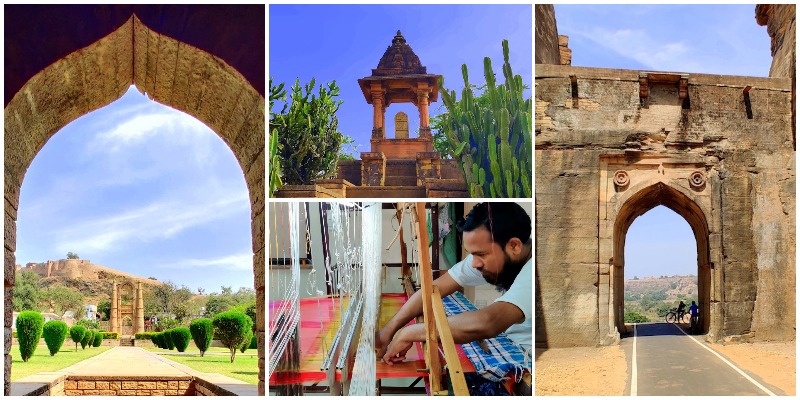
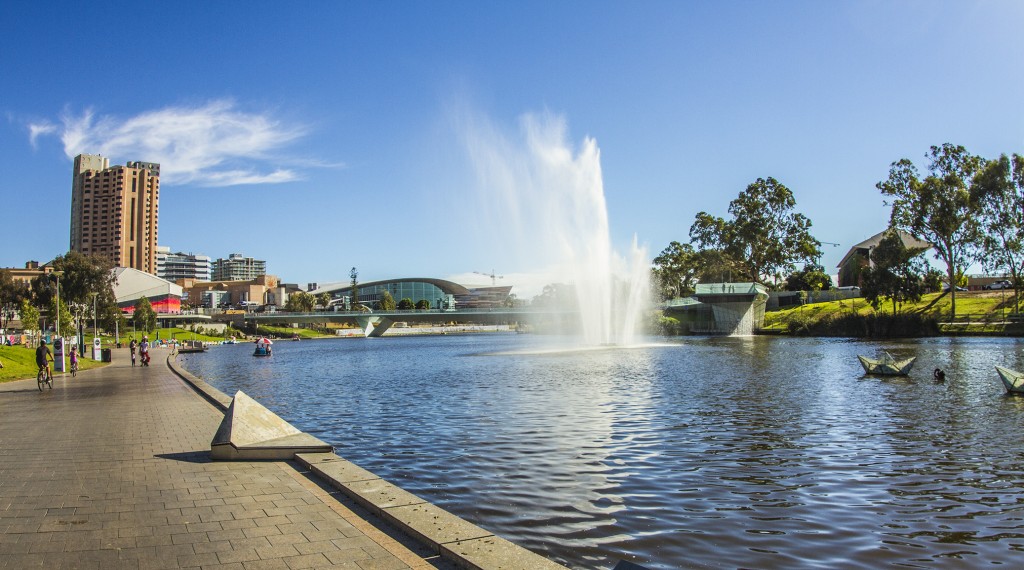
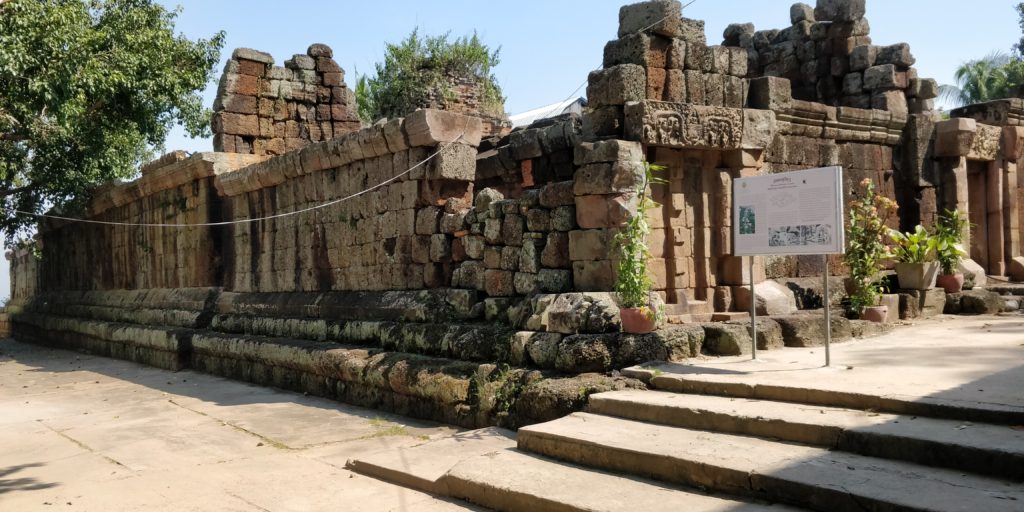
What a neat experience. I always love learning about other people’s cultures. Visiting this tribe would be fascinating.
WOW, what an interesting read! I have heard of the Bharia tribe, but I must be honest I really didn’t know much about them until today. Great post
Amazing Blog and also Information ❤️
Wow, this is really amazing. I honestly had never even heard of this tribe before. What an interesting read. It’s nice to learn more about them.
I love to learn about new cultures. This one looks so different from mine and they are so lucky to live in such a wonderful place!
Learning about different areas of the world is always interesting and sometimes humbling. Great read.
Wow! This is such a really great and very informative post. I really enjoy reading this!
This is such a really interesting topic to talk about! I learn a lot while reading this article!
I’m not familiar with this tribe, so this was an exceptionally interesting read for me. The valley looks beautiful and I love seeing how rich in culture it is. I would be so interested to learn even more about their medicinal herbs.
So fascinating! I love to learn about the culture and daily living of other areas of our world.
wow..the way you present facts is just too good.. I haven’t heard about Bharia Tribe but it is good to know about the in detail. The pictures are beautifully captured. I always feel that there is a rawness and authenticity in tribal/rural culture and thats what make them photogenic even without any filters or make-up. 🙂
I find this both an interesting and amazing post! I still believe in these medicinal herbs over those bunch of chemicals we’re buying in pharmacies.
First time came to know about this tribe. There is something special about them & u have penned down the details very nicely.
Love how the small details like no dowry culture in marriages have been shared in the blog. The detail of each and every part one can possibly know is intriguing.
Your recent MP related posts has made me nostalgic as I am from MP . I had seen Bharia culture closely during my growing years and in fact, my father has worked in rural sector that has abundance bharia population. thanks for reminding me those days.
I loved learning about the Bharia tribal community that lives in the Patalkot region. I’m intrigued by their houses as well; traditional huts made up of stones, wood, bamboo and natural clay tiles. Good to know that their culture is still in tact.
Wow such fascinating stories about Bharias tribe. Honestly I had never heard about them and it’s so good to learn about them. I will surely plan a visit sometime soon.
It’s really great to know about the tribes of India and their culture. You’ve done a nice job to let us know about them. Really appreciate your detailed description.
I was unaware of the Bharia Tribe before reading this, and it is interesting to learn more about them now. You have penned every detail nicely.
Thanks for this extensive information about the Bharia tribe. Such an interesting history and what a way of life! Their closeness to nature reflects in their lifestyle too.
It’s so good to know about the details of the Bharia tribe and their rich cutlture. It’s interesting to know more about the hidden gems in the various corners of the country.
I am from Madhya Pradesh but never have I visited Patalkot Valley. It was great to know about Bharia tribe. The information regarding this tribe is very fascinating and their knowledge about medicines is just wow.
Wow, a wonderfully detailed post on the Bharia tribe is a great initiative. I loved how you shared the history of the tribe along with their present-day living style. Pictures added more substance to the article.
Intrigued after reading this, didn’t know about the existence of the tribe. The history that you’ve shared along with their living practices was quite insightful. Thanks for sharing.